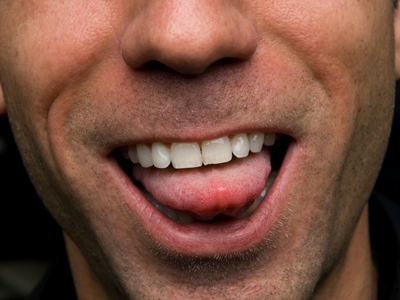This GCSE Biology quiz takes much a closer look at the central nervous system. Specifically it looks at the junctions between nerve cells - the synapses, where neurotransmitters relay signals between neurons.
The bodies of animals, humans included, are equipped with two messaging systems, hormones and neurons (nerve cells). Hormones are carried in the bloodstream and are slower but longer lasting messengers. Messages in neurons are electrical and so they travel much faster but are short lived. Neurons vary in size from microscopic to up to a metre in length and many need to be joined together to enable messages to travel from one part of the body to another via the central nervous system.
The nervous system, including the brain, consists of chains and networks of neurons. Where neurons meet, there is a small gap called a synapse - synapses are junctions between one neuron and another. In order for a message to transfer from one neuron to the next, the signal must cross the synapse between them. In most cases, this is achieved by the use of chemicals called neurotransmitters.
When an electrical impulse passes along a neuron and reaches a synapse, it stimulates the release of the neurotransmitter. This diffuses across the gap to the adjacent neuron and binds with a receptor. This responds by sending an electrical impulse through the neuron and so on. Each receptor responds only to a specific neurotransmitter.
Drugs can alter the way that synapses work, for example, certain people living in the Amazon rainforest use plant extracts containing a chemical called curare (pronounced cue-ra-ray). They coat the tips of their arrows with the extract and use it for hunting. This chemical is a drug as it prevents neurotransmitters from crossing the synapses of the nervous system causing complete paralysis. It stops even reflex actions like breathing and the heart beating, leading to death.
If you have ever read or watched 'whodunnit' books, films or TV programmes, you will probably have heard of strychnine being used to poison a victim. This does the opposite to curare and causes the neurotransmitters to be released over and over again. This makes the muscles continuously contract (called going into spasm), including the chest muscles and so the victim can no longer breathe.
Other drugs that work on synapses are anti-depressants and beta blockers. Depression can be caused by a chemical imbalance in the brain. Aniti-depressant drugs cause levels of a chemical called serotonin to build up in the synapses; serotonin is a chemical released by the brain that gives feelings of well-being so these drugs help the patient feel less depressed. Beta blockers work on specific receptors in heart muscle. They prevent certain receptors from binding to chemicals that would make the heart beat faster and they are often used for patients who are suffering from the heart disease called angina.
How much have you learnt about synapses? We hope that this quiz about the junctions between neurons doesn't get on your nerve (cell)s!








